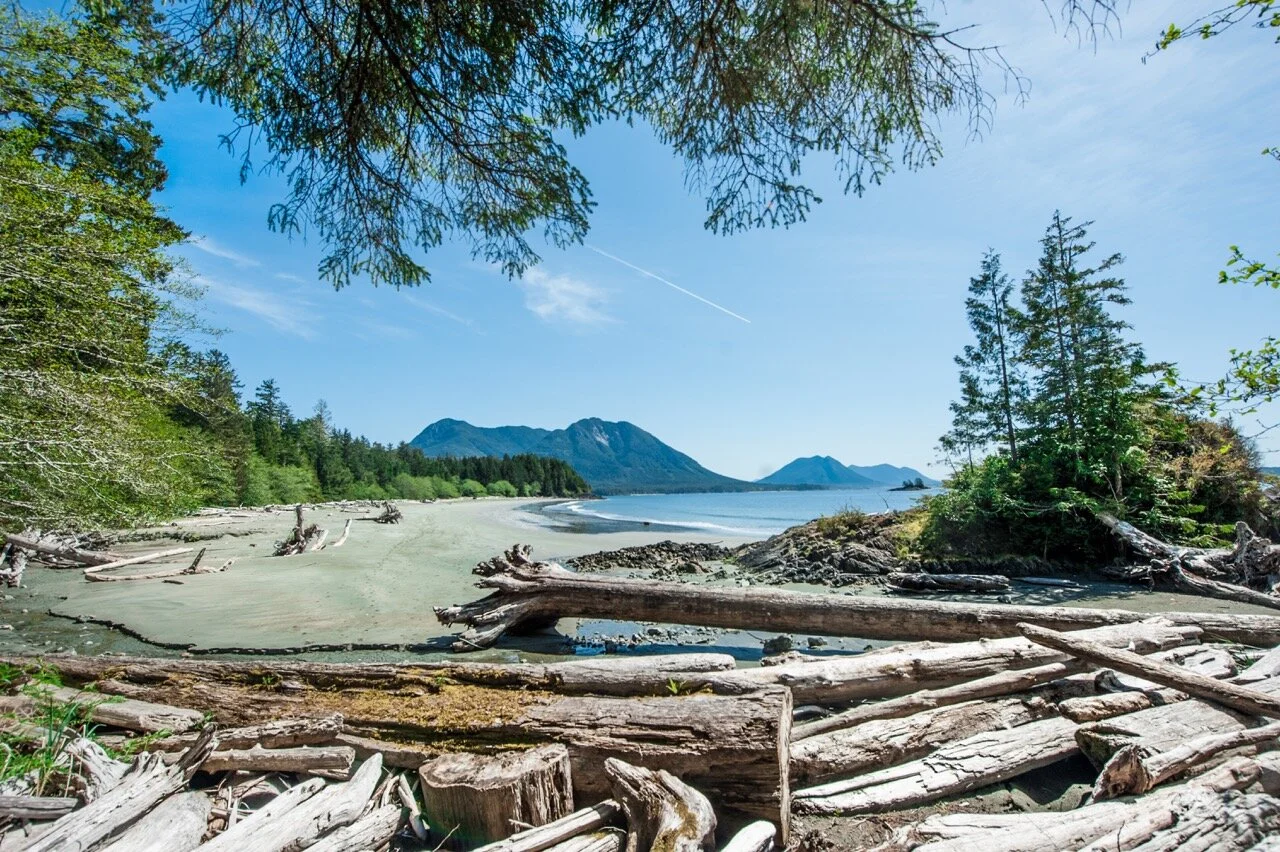Environmental Management & Stewardship Webinar Series
The EMS Webinar series is an easy to digest series of 10min webinars presented by experts, covering everything from the basics of EMS, to showcasing real-life examples of it, to helping participants design their own project. At the end of each lecture, participants can share their thoughts with the online community via the discussion forum, connect directly with the guest speaker, and explore our library of selected materials to expand learning outcomes.
Watch this short tutorial to discover all the features of the EMS Webinar Series
BRowse all Webinars
We use the Iceberg Model here to show how Ecosystem Management & Stewardship (EMS) can change our mental models and structures and address environmental degradation.
Environmental Management & Stewardship (EMS) has emerged as a way to engage Indigenous Peoples in managing and stewarding ecosystems, creating balance between our economic, social and ecological systems.
EMS programs provide economic incentives for people to restore and protect ecosystems. It connects ecosystem services beneficiaries with stewards of the land, encouraging voluntary and mutually beneficial economic transactions.
Thanks to traditional ecological knowledge, strong stewardship values, and connections to areas of high ecological value, Indigenous Peoples have a competitive advantage in EMS. It creates great opportunities to derive the ecological, social and economic benefits of EMS.
Indigenous Peoples across the world are disproportionately impacted by lifestyle diseases. Long-term studies in Australia show that participants actively involved in EMS programs are less likely to be affected by these diseases.
This case study explores how First Nations and other sectors of the local community of Clayoquot Sound, British Columbia, are working with Gathering Voices Society (GVS) to create an Ecosystem Services Fee (ESF) to support First Nations stewardship of ecosystems and livelihoods.
Fire management led by Indigenous peoples and their knowledge can be effective EMS programs. In the aftermath of devastating wildfires, Gathering Voices Society (GVS) is working with Yunesit’in and Xeni Gwet’in to design and implement an active fire management program. This EMS program uses traditional and Indigenous knowledge to guide its design and implementation.
Carbon credits can generate income and employment for EMS programs that mitigate greenhouse gas emissions. Gathering Voices Society (GVS) is working with Yunesit’in and Xeni Gwet’in to design and implement an active fire management program. that uses carbon credits to generate sustainable livelihoods.
Webinars in action! Examples of EMS programs in British Columbia, Canada. This case study documents the design of an Environmental Stewardship program in Clayoquot Sound, BC.
Webinars in action! Examples of EMS programs in British Columbia, Canada. This case study documents the creation of an Indigenous fire management program by Yunesit’in and Xeni Gwet’in First Nations in the Chilcotin, BC.











